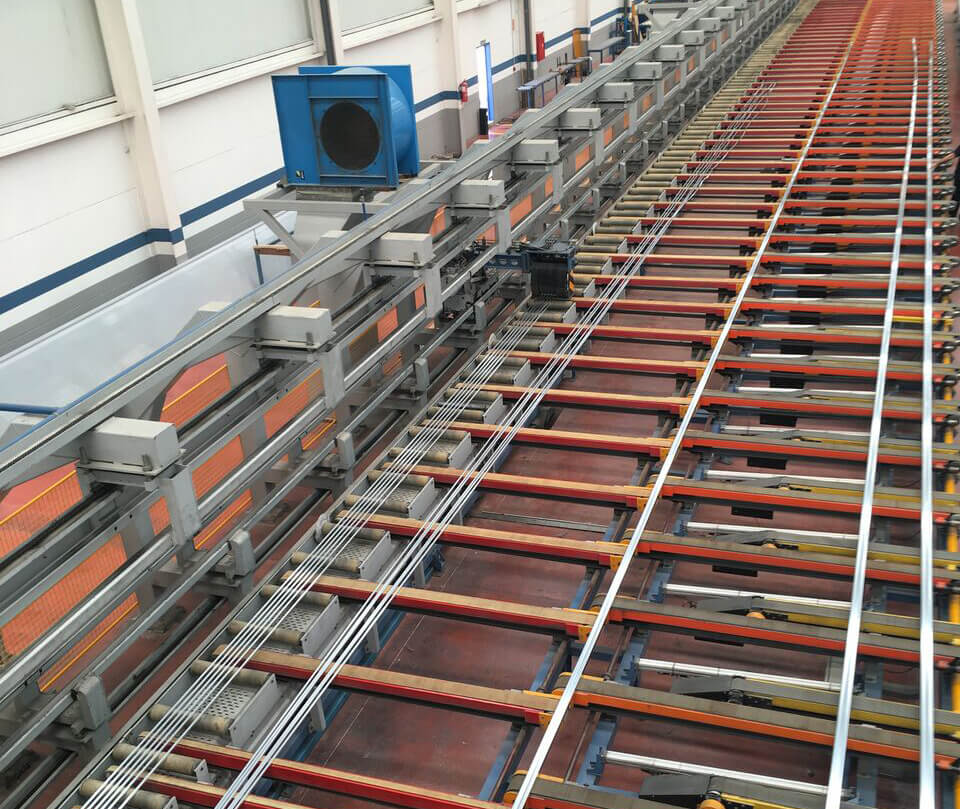Aluminium Extrusion: What is involved in the process?
The aluminium extrusion process is made up of three stages, all of which are essential to ensure that you achieve the results that you are hoping for. These stages are the design stage, extrusion, finally, the fabrication and finish stage.
Aluminium is a lightweight but strong and durable material – very design-friendly. With the right quality of service carried out by professionals, it is easy to produce impressive and reliable results. That’s why aluminium extrusion is a specialist service relied on by many manufacturing industries across the world.
The Design Stage
During this stage, CAD technology is used to give you a high definition image of the potential finished product from the very start of the design process. At this stage, you will be able to make any alterations to your design if you see fit. These CAD images can be processed from even a simple sketch, so need miss out on this important stage. Being able to visualise the finished product from the start of the aluminium extrusion process will have huge advantages in getting you the results that you want, allowing you to make informed decisions throughout the other design stages.
The Extrusion process
Aluminium extrusion is defined by the heating of aluminium and pushing it through a die. This die is designed to mould the metal into the shape and size that you require it to be. There are two types of die: the hollow die and the solid die. A hollow die is for an extrusion that has single or multiple hollows in its shape. This is a more complex die structure, consisting of two parts that create the outer and the inner shape. A solid die, on the other hand, is designed to produce an extrusion with no hollow areas in it. This is a simple, one-part die resembling a template.
Once the die has been created, aluminium is then heated to a temperature between 350-500°C. The metal is pushed through the die using either a high-pressure ram or hydraulic press. The malleable properties of aluminium allow for it to be moulded excessively without any breakage or damage to the metal during the aluminium extrusion process, to the extent that when pushed through the die the aluminium can be stretched to lengths of beyond 40 metres. Whilst passing through the die, the aluminium is moulded into shape to become a piece of its own that can be joined to other corresponding pieces and added to the structure you are working on.
Fabrication and finish
If required, the fabrication and finish stage can involve several processes including punching, CNC machining, brushing, cutting to length, drilling, tapping or forming. This all depends on the needs of the client. This method is done through a very precise system to ensure that all finished products are fully functioning.
The fabrication and finish stage might also include aluminium anodising services. A process during which an additional layer of external protection is added to the aluminium through a durable oxide layer whilst also giving it a finish with a more aesthetically attractive surface. This process is typically recommended for creating metal parts that might be subject to more wear through harsher external environments.
Here at Love Aluminium, we are aluminium extrusion suppliers able to offer all of the above services. Why not contact us today to discuss your project specifications and requirements to see how we can help you? Whatever aluminium project it is that needs working on, we are bound to have a service to suit your needs.

